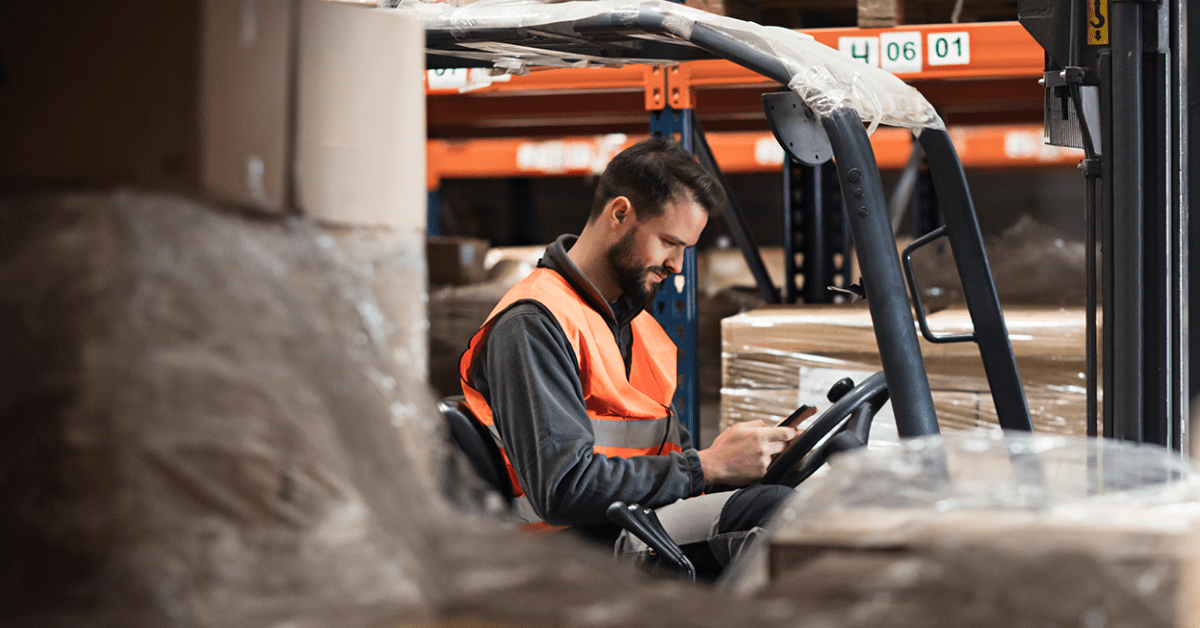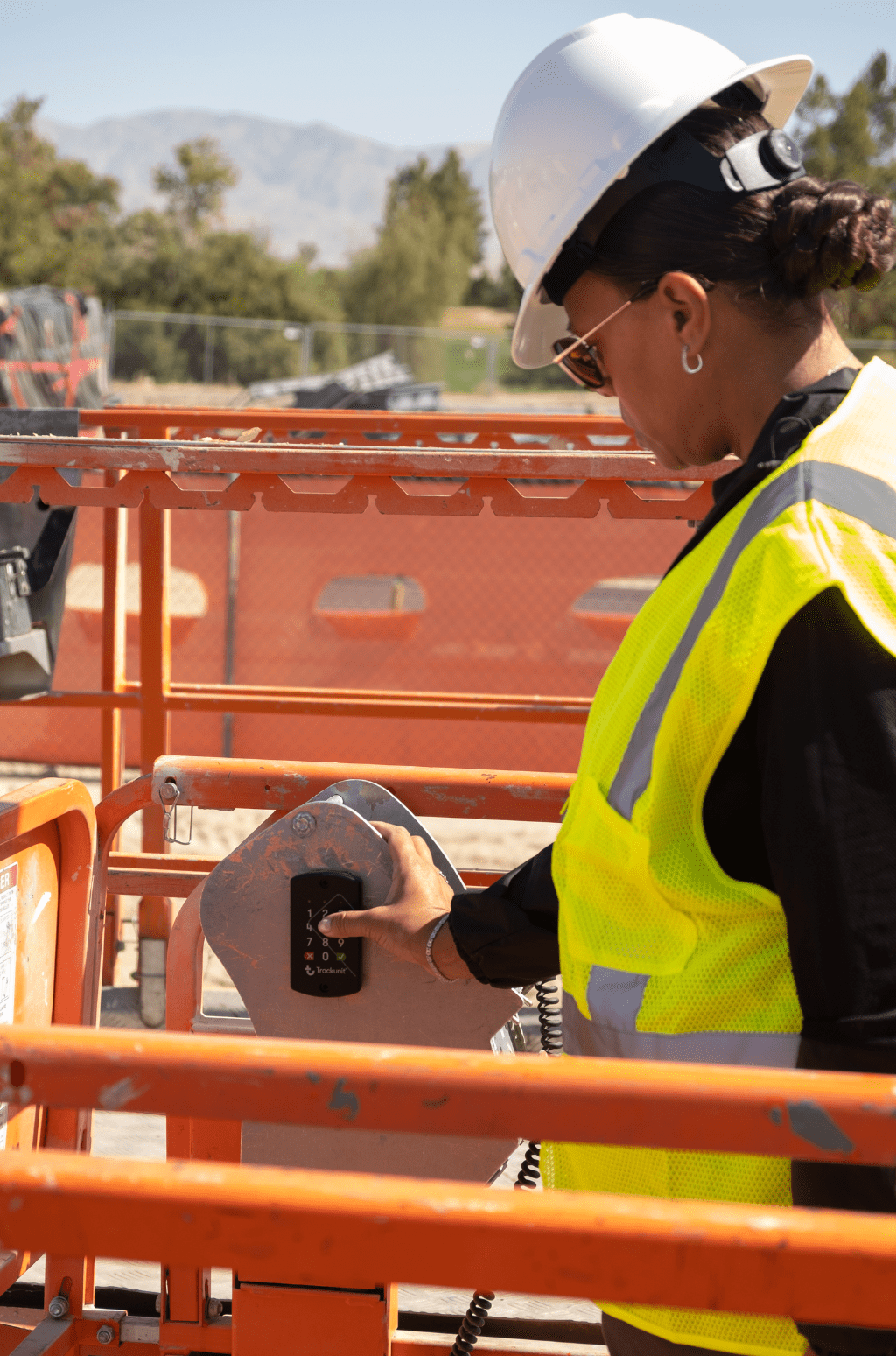

You can go all in, or you can dip your toe in the water. But for construction equipment dealers aiming to boost margins, increase customer retention, and streamline operations, it’s becoming clear that a full-on plunge is the most likely route to success. And that means telematics must be embedded at the heart of service and sales processes, not tacked on as an afterthought.
To understand the urgency, it’s useful to look at how different stakeholders in the construction ecosystem have adopted telematics:
Dealers in particular serving smaller contractors or landscapers too often hesitate, believing these customers don’t need connectivity. But that’s a short-sighted view. Even small businesses can benefit from enhanced uptime, proactive service, and smoother maintenance cycles, all made possible with telematics.

For construction equipment dealers in particular, parts and service represent the highest margin revenue streams, often delivering 50% plus margins compared to 10% to 30% on machine sales. Yet, this high-value revenue is under constant threat from third-party parts sellers, digital marketplaces, and independent service providers. A quick online search yields hundreds of sources for skid steer parts or hydraulic components, and many machine owners, especially smaller operators, choose the most convenient or cheapest option.
This is where inertia becomes a central concept. Product inertia means a customer continues using a service or buying from a provider by default, without reconsidering their options each time. Construction telematics, when integrated deeply into service processes, builds that inertia by removing friction from the customer experience.
‘CAT and John Deere have already set this expectation, branding themselves as technology companies as much as equipment manufacturers.’
Here’s how that plays out in practice:
Unfortunately, too many dealers remain stuck in a reactive, scheduled-service model. They advise customers about service intervals, hope they call back, and try to win their business again for each interaction. This model is outdated and inefficient.
‘Telematics, when integrated deeply into service processes, builds that inertia by removing friction from the customer experience.’
In contrast, a connectivity-driven proactive model uses real-time data:
This approach not only increases service capture rates but also positions the dealer as a premium, responsive partner.
The modern customer — whether an enterprise contractor or a small landscaper — expects the same digital sophistication they experience with their vehicles, internet providers, or mobile phones. Just as consumers now expect remote diagnostics from auto dealers, they’ll soon demand the same from equipment dealers. Offering this experience positions construction dealers as forward-thinking, tech-enabled service providers.
‘Construction rental businesses that fail to fully integrate telematics will miss out on valuable service revenue.’
CAT and John Deere have already set this expectation, branding themselves as technology companies as much as construction equipment manufacturers. Construction dealers (and similar rental businesses) must follow suit by integrating construction telematics into their brand story and customer experience. To truly make telematics core to the business, construction dealers should take the following steps:
Standardize telematics installation: Ensure every powered machine over a certain value is equipped with a telematics device either as an included service or as part of an extended warranty package.

Integrate into service workflow: Equip service technicians and desk staff with access to machine alerts and histories. Start the day by reviewing real-time fault codes and upcoming service triggers.
Automate outreach: Use telematics data to automatically generate follow-up tasks for service intervals. Replace guesswork with data-driven precision.
Brand the experience: Position connectivity and proactive service as a premium offering. Promote peace of mind, minimal downtime, and rapid support as differentiators.
Customize alerts and thresholds:Tailor fault code alerts and predictive maintenance thresholds by equipment type and usage to avoid false positives and focus on high-impact issues.
Measure ROI: Track parts and service revenue uplift from telematics-equipped machines. Even a 30% increase in captured service opportunities on 10%-20% of the fleet can produce substantial gains.
Avoid ivory tower syndrome: Don’t centralize telematics under corporate innovation teams disconnected from operations. Let frontline service and sales staff help shape the processes and drive adoption.
Every major OEM offers construction telematics. Every top 10 rental company uses it across their fleets. Global contractors are connecting jobsites as standard practice. Soon, offering anything less will feel antiquated.
Construction dealers that fail to fully integrate construction telematics will not only miss out on valuable service revenue but risk becoming obsolete in a market that demands fast, connected, frictionless experiences.
The solution is not just to offer telematics, it’s to make it the rule, not the exception. Dealers must stop viewing it as an optional upsell and instead reframe it as the backbone of a new, more profitable, and customer-centric service model.
In an industry where uptime is money and loyalty is fleeting, telematics isn’t just another tool, it’s what will define tomorrow’s innovators and market leaders.
Foundations is our new series focusing on the nitty gritty of construction technology and showing how to make it work for your business day-to-day. Want to find out more? Visit Trackunit today and make sure you’re fully connected.

